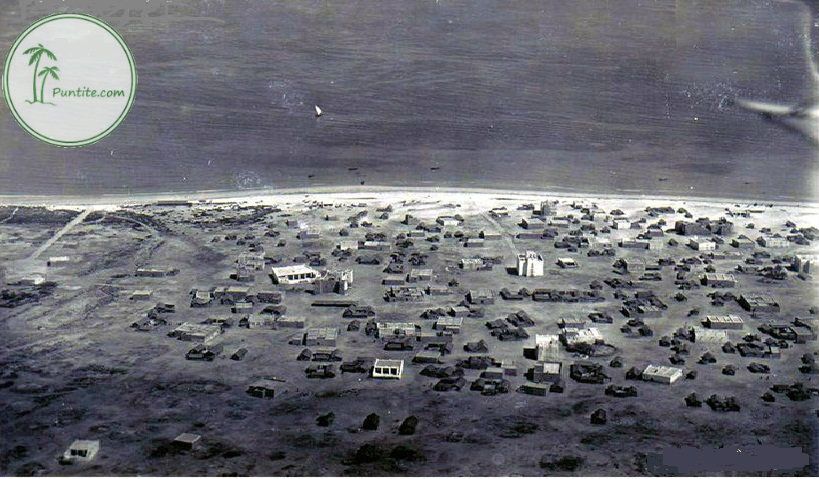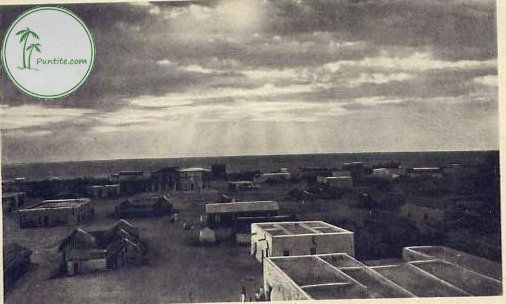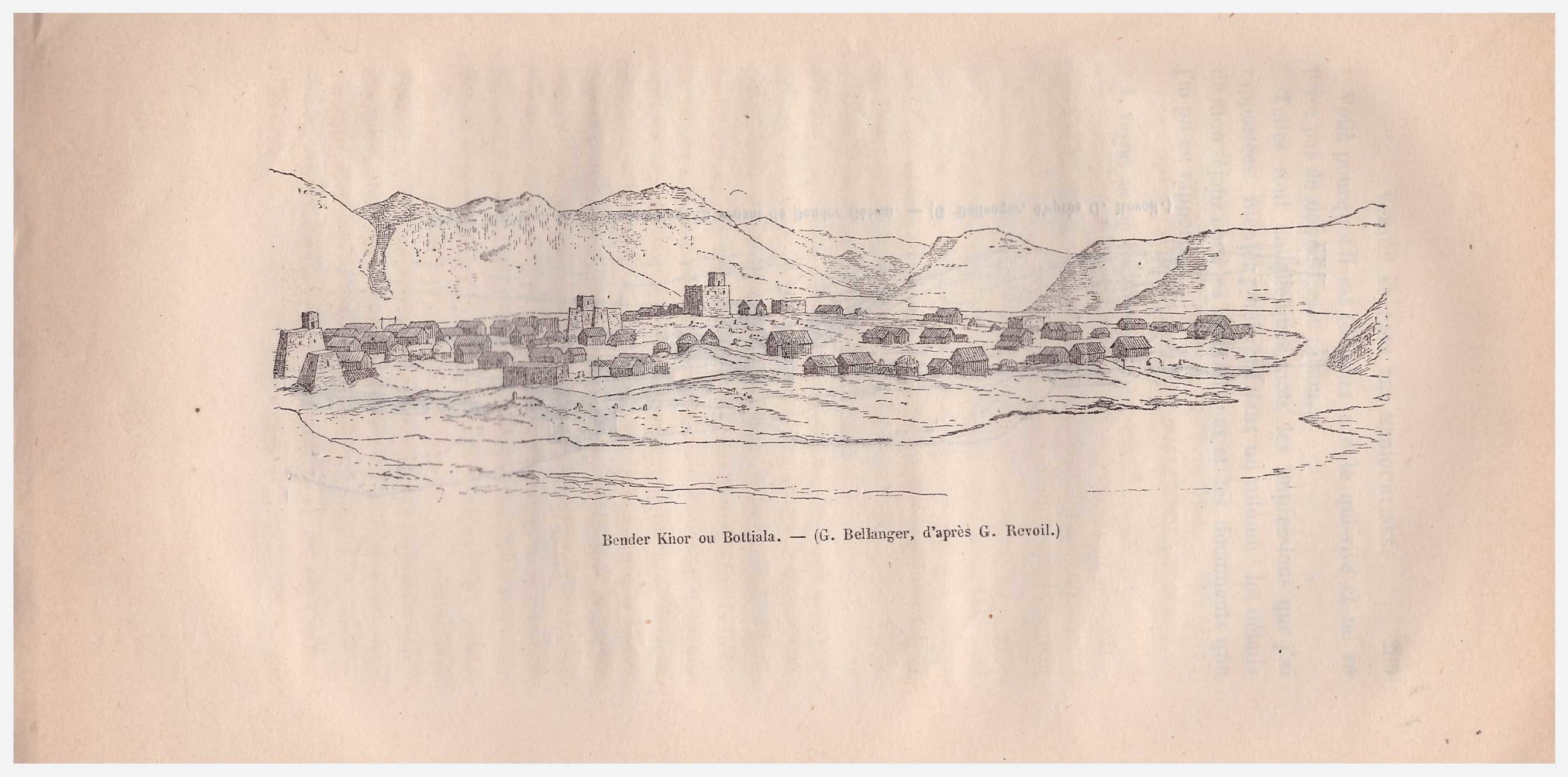What are you talking about, sis? We were a "seafaring people". Fishing and traveling to ports in Arabia, India and Southeast Africa was a regular occurrence:
And no coastal towns? What?
Our capital city is a coastal town, for Allah's sake. Well, at least the capital of "Somalia". And even what is now "Somaliland" had well-known medieval and early modern ports like Saylac and Berbera, the former of which was being described as a large coastal city, despite its current ruined and non-existent state, inhabited by what were clearly Somalis as far back as 1331:
I arrived at the city of Zeila, the city of the Barbar, who are a people of the blacks; Shafi'i [following Sunni Muslim laws] by rite. Their country is a desert which extends for two months' journey, its beginning is at Zeila and its ending is at Mogadishu. Their livestock are are camels and their sheep are famed for their fatness. The inhabitants ... are black in color and the majority are Rejecters [Shi'ite]. It is a big city and has a great market but it is the dirtiest, most desolate and smelliest town in the world. The reason for its stink is the quantity of fish and the blood of the camels they butcher in its alleyways. ... We did not spend the night in the town because of its squalor. - source
Even in ancient times if you read documents like the Periplus there were clearly several port-towns dotting the coast from north to south:
Bibliography of the Periplus: p. 17-21
archive.org
And there was pretty much an identical culture to the coastal culture of Arabia during the early modern period with countless small coastal towns/villages from north to south where people practiced fishing and seafaring in a manner much like coastal Khaleejis and Swahilis:
That was honestly the layout of most port-towns in Somalia and Arabia outside of some large exceptions like Xamar, Marka and old Saylac. The only notable stone buildings would be the house of the Sultan, the mosque, the houses of some wealthy merchants or relatives of the Sultan, a few storehouses, maybe a fort and the rest would be houses made of wattle, thatching and so forth.
Bandar Qasim (Bosaso):
Alula:
Qandala:
Bandar Kor (Butiyaalo/Botiala):
Not to mention the larger port-towns which were indeed majority inhabited by Somalis even in Koonfur (
Gibil-Madows) like in the prior Middle-Ages:
Xamar
Marka
Saylac
Barbara
Look, I don't know what kind of strange perception of world history you have but I have news for you. Before the 20th century 80%+ of the world anywhere was rural. Most people were not living in cities or coastal towns anywhere on earth. The same was true, for example, in Arabia. Most of the people were Bedouins or interior agro-pastoralists and farmers. The majority of Saudis were Bedouins just a century or so ago and the majority of people in Lebanon would have been reer baadiyo as well. Large, majority urban populations was usually unheard of before the modern era. Reer Baadiyo living lives no more "advanced" than any Somali geeljire or qoti were the majority everywhere whether in Ancient Egypt or Ancient China or Medieval France.
There were only a few exceptions like with some of the Ancient Greeks but normally that was always the case and cities in the past were usually what would be considered small towns by today's standards in terms of size. The greatest city in the ancient world by population was arguably Rome at just over a million people and that was the beating heart of a vast empire that constantly replenished itself with ruralites and other migrants as disease killed its previous inhabitants and it still wouldn't qualify as a particularly big city in today's world.





















